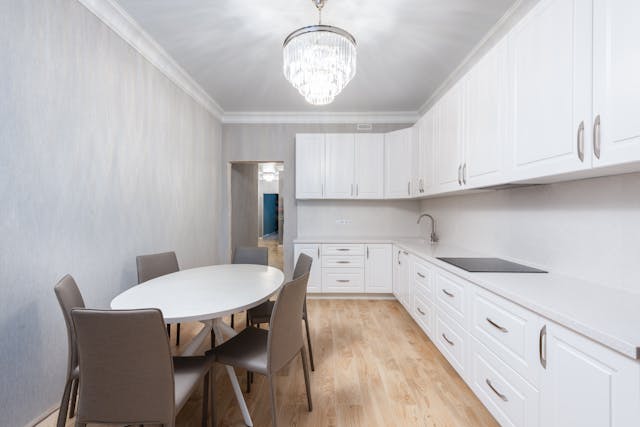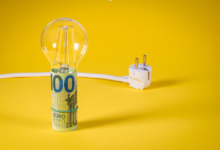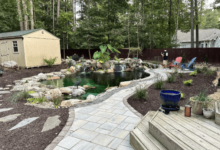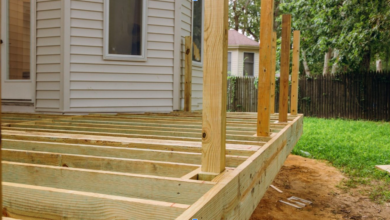Electric hobs are designed to withstand high temperatures

Electric hobs are designed to withstand high temperatures, as their primary function is to heat pots and pans for cooking. However, there are temperature thresholds beyond which the surface of an electric hob can be damaged. Typically, electric hob surfaces are made of materials like ceramic glass or tempered glass, chosen for their ability to handle extreme heat and sudden temperature changes. Despite this, misuse or extreme conditions can cause damage.
Temperature Tolerance: Ceramic glass hobs can generally endure temperatures up to about 700°C (1292°F). Beyond this point, the material’s integrity can be compromised. Tempered glass, on the other hand, has a slightly lower tolerance and might start to degrade or shatter at temperatures above 500°C (932°F). These temperatures are well above normal cooking temperatures but can be reached in certain circumstances, such as using inappropriate cookware or incorrect use of the hob.
Potential Causes of Damage:
- Prolonged High Heat: Continuous use of the hob at its highest setting for an extended period can potentially cause the surface to crack or degrade. While cooking typically doesn’t require sustained maximum heat, leaving a hob on high with no cookware or with an empty pot can lead to overheating.
- Thermal Shock: This occurs when a hot hob surface is suddenly exposed to a cold substance, like spilling cold water onto a hot hob. The rapid temperature change can cause the material to expand or contract quickly, leading to cracks or shattering.
- Inappropriate Cookware: Using cookware that is not flat or has rough or damaged bases can concentrate heat unevenly on the hob surface, leading to localized overheating and potential damage. Additionally, placing hot cookware directly onto the hob surface without using appropriate pads or trivets can lead to thermal stress.
- Overheating due to Malfunction: A malfunctioning thermostat or heating element can cause the hob to overheat. If the temperature regulation fails, the surface can reach temperatures higher than it is designed to handle, leading to potential damage.
Preventive Measures:
- Monitor Cooking: Avoid leaving the hob on high settings for long periods without supervision.
- Proper Use: Use flat-bottomed, smooth cookware to ensure even heat distribution.
- Avoid Thermal Shock: Do not pour cold liquids onto a hot hob surface.
- Regular Maintenance: Ensure the hob is in good working condition and that heating elements and thermostats are functioning correctly.
In summary, while electric hob surfaces are engineered to handle high temperatures, exceeding their design limits through misuse or malfunctions can lead to damage. Proper usage and maintenance are key to ensuring the longevity and safety of the hob surface.





